
by Lidia Paulinska | Jan 17, 2016
January, 2016, Storage Visions – Mark Schiller is Executive Director of Trusted Computing Group, which provides security standards to the computing industry. The group is a collection of over 100 partners that include commercial companies, government participation, academia and experts in the field of security and privacy. Schiller covered the challenges facing security and protection of stored content, and shared his view on SEDs (Self Encrypting Drives).
Why Self-Encrypting Drives?
There are world-wide financial and legal consequences for data loss and data breeches and the occurrence of such events have been increasing. SEDs create a layer of protection from that happening as well as providing compliance with the safe harbor laws in the most of the US and EU for loss of devices that are secured with encrypted data. Schiller spoke after Michael Willett underlined the main reason of using SEDs. The SEDs have a lower overhead for encryption and decryption than software encryption. Another feature is SEDs allow for a fast crypto-erase that sanitizes drive data before drive replacement, repair, de-commissioning, re-purposing and end of life.
He summarized the talk with SSDs are the new standard for fast storage media. In combination with the NVMe storage interface, they are driving higher performance and lower latency solutions, meaning data safety can be realized without the negative impact of software encryption on system performance.
More information about Trusted Computing Group at www.drivetrust.com
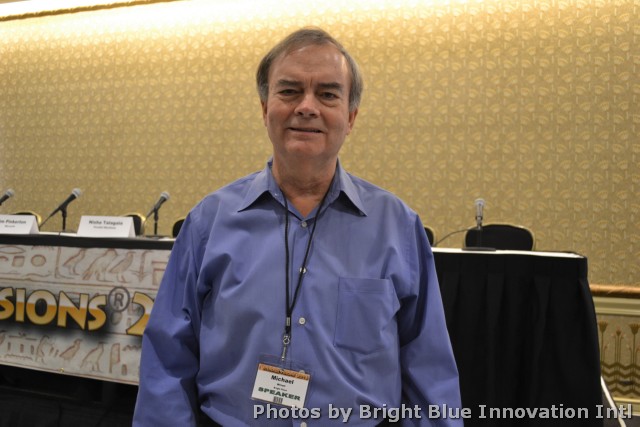
by Lidia Paulinska | Jan 17, 2016
January, Storage Visions – Michael Willett from Bright Plaza moderated the Storage Vision’s panel discussion about security and protection. He stated that the idea of encryption being built into the hardware is becoming universal. There are many benefits leaning on the concept of Hardware-based Self-Encryption being a better option over Software-based Encryption. First is the transparency and easy management. SEDs (Self Encrypting Drives) come from the factory with an encryption key already generated so there is no encrypting key to manage. Second, the Life-cycle cost. In the software case, it is an on-going cost versus pro-rated into the initial drive for SED. Third is disposal or re-purposing cost for the drive. It is easy to erase the on-board encryption key for SEDs providing safe disposal. There is also no problem with re-encryption as there is no need to ever re-encrypt the data. The last benefits are in (A) performance: there is no degradation in SED performance; (B) standardization: the entire HDD industry is building to the TCG/SED specifications, and finally (C) there is no interference with upstream processes or use.
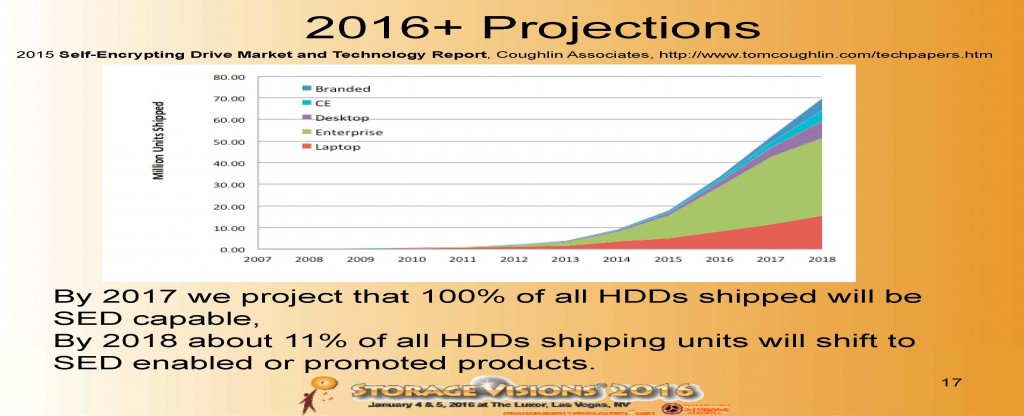
The session covered the challenges facing security and protection of stored content, including content on mobile devices as well as at home and in the cloud. It explored the reasons why OPAL based client encrypted storage is a key factor in data security, Standardized security products are making data security easier than ever while enabling desired content sharing.

by Lidia Paulinska | Jan 17, 2016
Content matters more and more as there are more tools for people to capture it, make it useful and share with others – stated Tom Coughlin at Storage Visions Conference 2016 that took place January 4-5 at Luxor Hotel in Las Vegas. Two days conference was offering the insights into the storage industry.
As the highlights of the passing year Coughlin mentioned lots of mergers and acquisitions that took place: as such Dell buying EMC, WD buying SanDisk, NetApp buying SolidFire. 2015 was a year of emergence of NVMe specification and work on NVMe optimization programming. Samsung introduced 3rd generation 3D NAND SSDs as well as all the other FLASH companies. Intel/Micron announced 3D Xpoint.
What to expect in 2016 and beyond? Definitely Panoramic Video and VR along with IoT will drive content growth in the next years. Here are the numbers that were presented to support this statement.
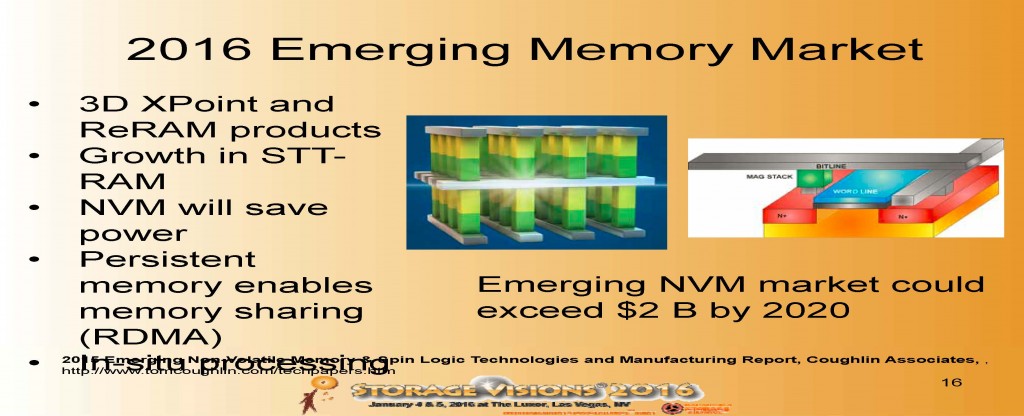
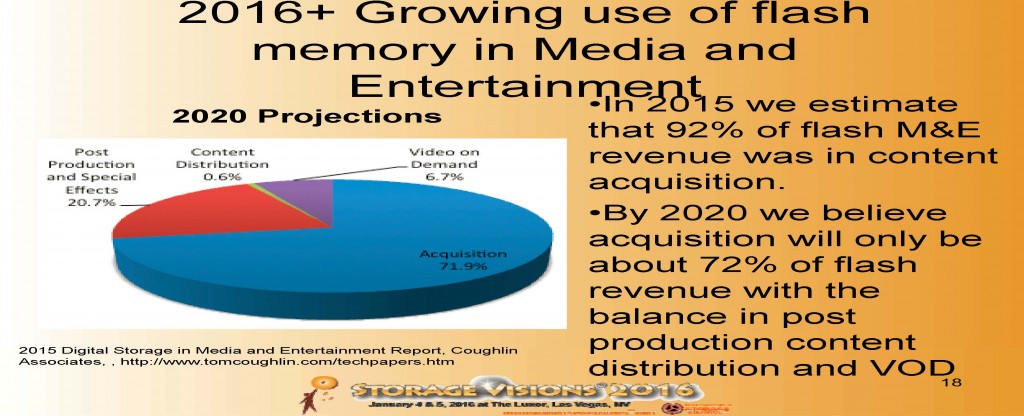
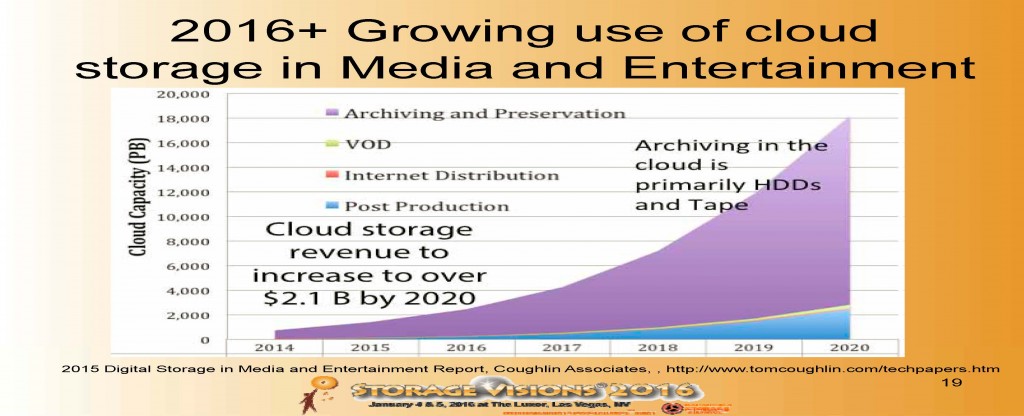
As the summary for years ahead we will see: continued consolidation in the storage industry, storage capacity growth with IoT, Big Data and more, mobile consumers get more storage as flash price goes down, demand goes up, greater movement of content to the cloud, more software defined storage services, HDD shift to capacity continues (12TB in 2016?), shift to 3D flash with majority of production by 2018.






